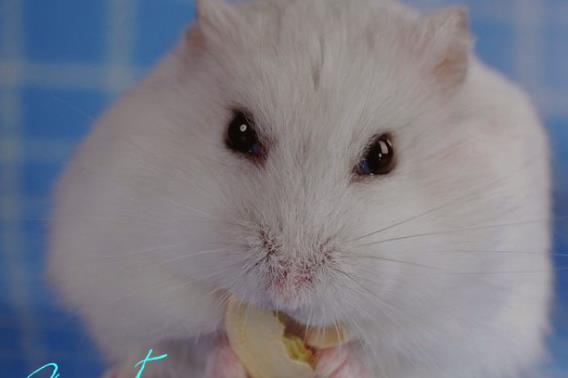Here’s a comprehensive analysis of hamster cannibalism, integrating biological traits and captive care practices:

I. Primary Triggers of Cannibalistic Behavior
Solitary Nature
Hamsters are strictly solitary animals with intense territorial instincts. Same-sex co-housing always leads to fights, often ending in one hamster killing the other.
Female hamsters are more aggressive; pregnant females may actively kill male mates.
Resource Competition
When food is scarce, starving hamsters may gnaw on limbs (e.g., hind legs, noses) of cage mates.
Overcrowded spaces cause territorial overlap, triggering persistent biting.
Breeding Conflicts
During mating season, rejected male hamsters may turn aggressive toward females.
Pregnant females eliminate all perceived threats (including males) to protect their pups.
II. Typical Cannibalism Scenarios
Same-Sex Co-Housing
Over 90% of same-sex pairs face fatal conflicts; weaker individuals often suffer anal or skull injuries.
Forced Mating Pairs
Non-receptive females may attack males on sight, treating them as intruders.
Sick or Weak Individuals
Healthy hamsters instinctively target ailing peers—a survival mechanism rooted in wild selection.
III. Prevention Measures
Absolute Single Housing
Each hamster needs a separate cage (minimum size: 50cm × 30cm).
Breeding Season Management
Separate males and females immediately after mating; remove males before the female gives birth.
Resource Security
Provide ample food (≥10% of body weight daily) and hiding dens.
IV. Exceptional Cases
Juvenile Stage
Litters can coexist briefly until 4 weeks old, but must be separated at sexual maturity.
Domesticated Breeds
Some docile strains (e.g., certain Golden Bears) show higher co-housing success, but require constant monitoring.
